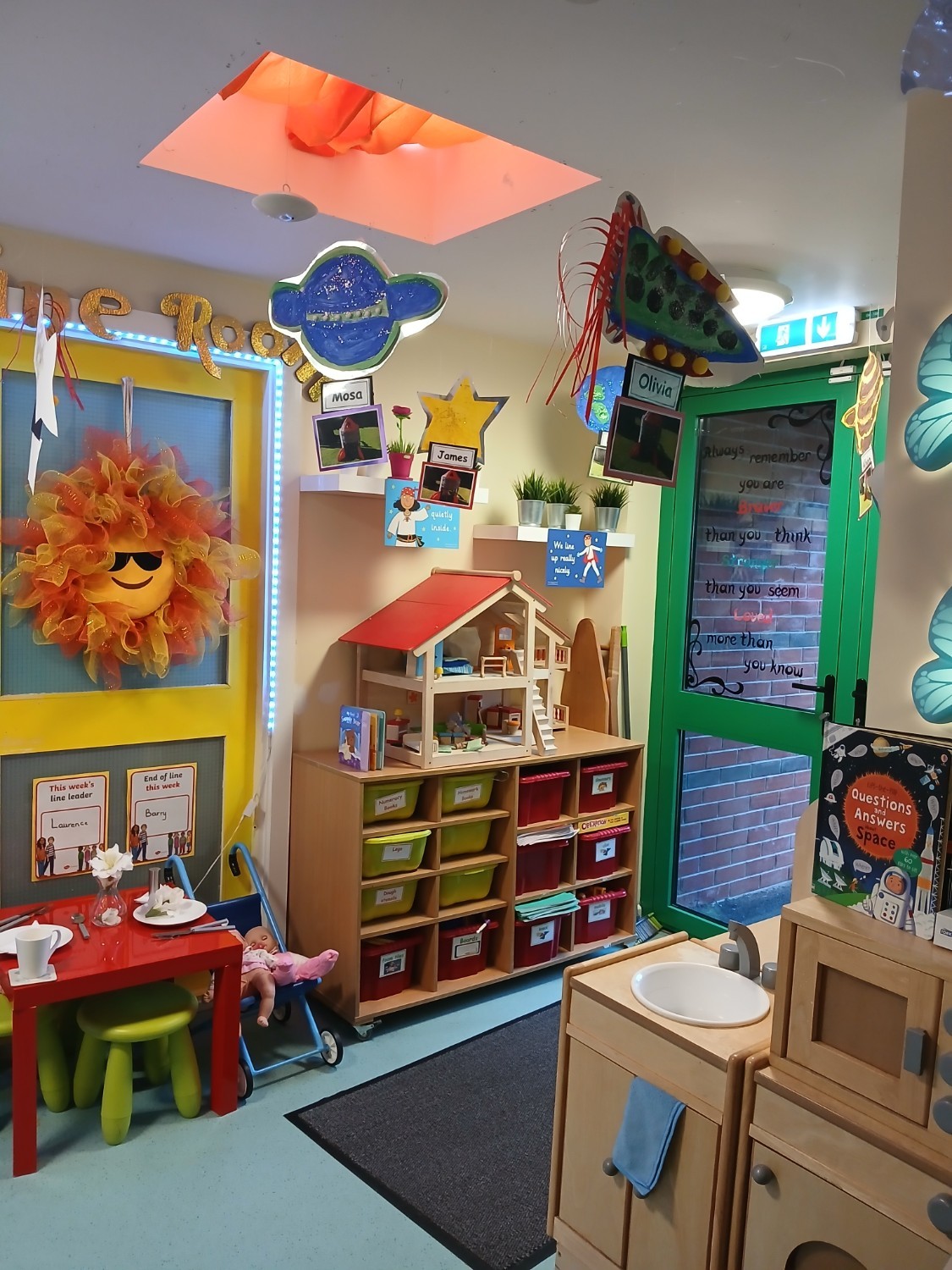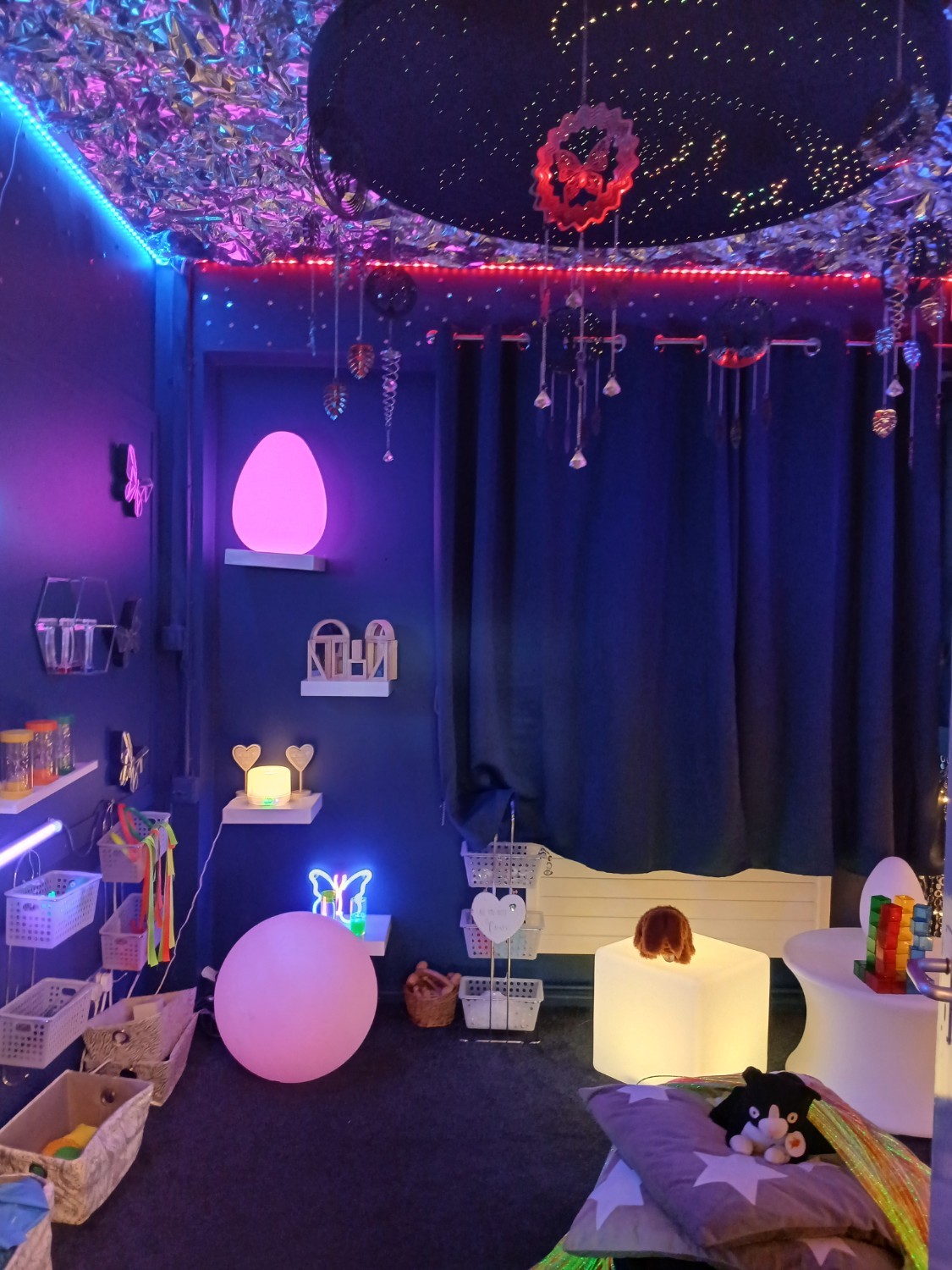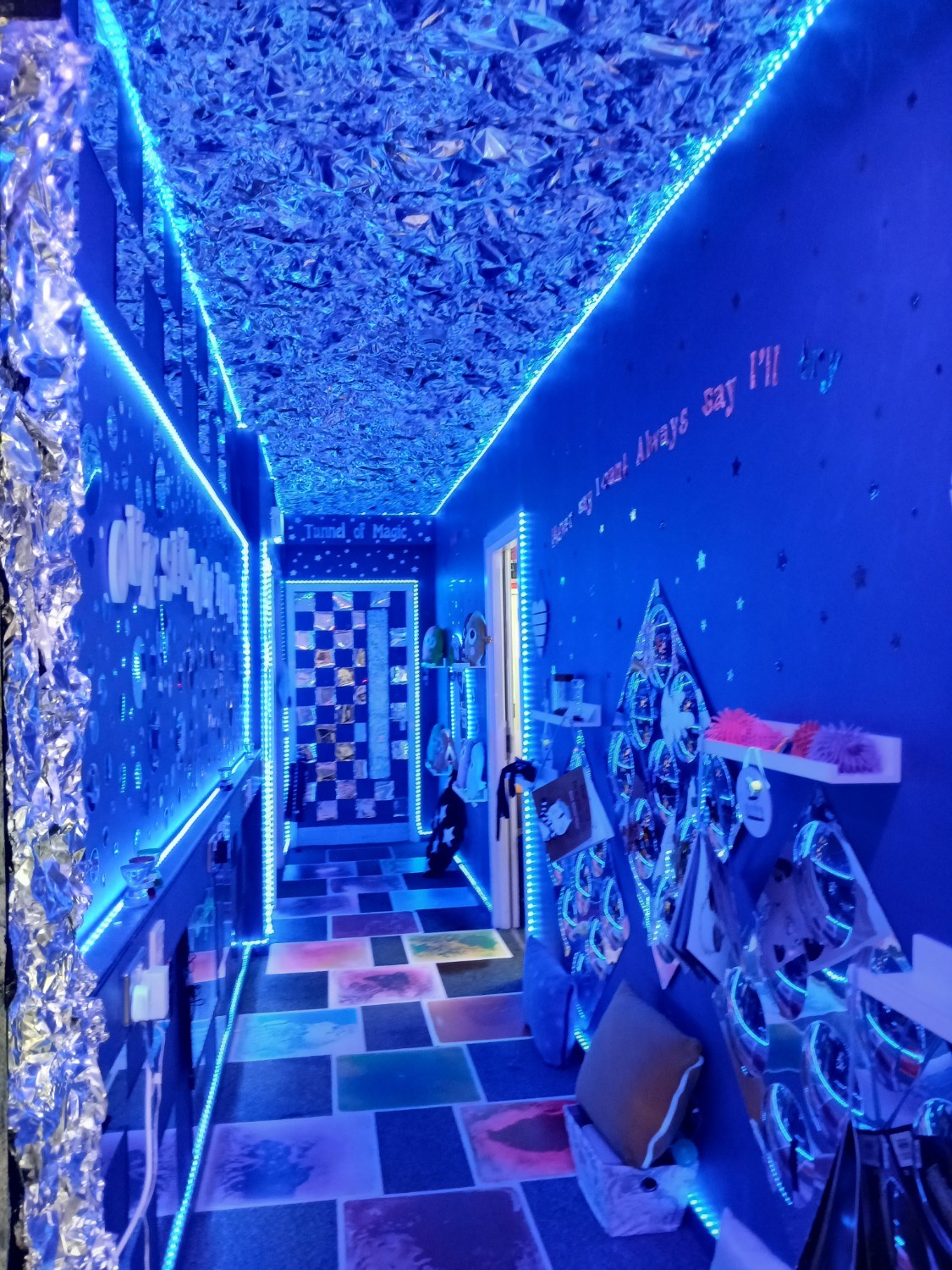Creating a nurturing environment 🙌
24th Sep 2024
How good does our school look!! Thank you to our nurture team 💙 Their attention to detail makes our school such a pleasant space to learn & work! #awardwinning
A nurturing physical environment in a primary school significantly impacts children's learning, development, and overall well-being:
A nurturing physical environment in a primary school significantly impacts children's learning, development, and overall well-being:
1. **Promotes Emotional Well-being**: A well-designed, welcoming environment helps children feel safe, secure, and valued. When children feel emotionally supported, they are more likely to be engaged, motivated, and confident in their learning.
2. **Encourages Learning and Exploration**: A thoughtfully organised and stimulating physical environment provides children with varied opportunities for exploration and discovery. Spaces that are rich in resources, visuals, and materials inspire curiosity and active learning, fostering creativity and problem-solving skills.
3. **Supports Physical Health**: Clean, well-maintained spaces that provide room for movement and play are essential for promoting physical health. Having areas dedicated to outdoor play, physical activity, and relaxation ensures children can expend energy, improve motor skills, and manage stress.
4. **Enhances Focus and Concentration**: A well-structured environment reduces distractions and provides a sense of order, which helps children focus and concentrate better. Classrooms with organized spaces for different activities, such as reading, play, or group work, support diverse learning styles and help children stay on task.
5. **Fosters Positive Social Interaction**: A nurturing environment includes spaces designed for collaboration and social interaction. Children benefit from having areas where they can work together, share ideas, and build relationships, which are important for developing social skills and emotional intelligence.
6. **Cognitive Development**: The physical layout and resources available in the environment can influence a child’s cognitive development. Spaces that provide sensory experiences, such as textures, colors, and shapes, stimulate children's minds and promote intellectual growth.
7. **Encourages Independence**: A nurturing physical environment often includes child-friendly furniture, tools, and resources that are easily accessible. This encourages children to take ownership of their learning, make choices, and develop independence.
In summary, a nurturing physical environment in primary school is essential for creating a space where children can thrive emotionally, socially, physically, and cognitively. It directly supports their growth and success during these formative years.
St Josephs Primary School, 1a Slate St, Cullingtree Road, Belfast BT12 4LD Phone: 028 9032 3683
 Menu
Menu







